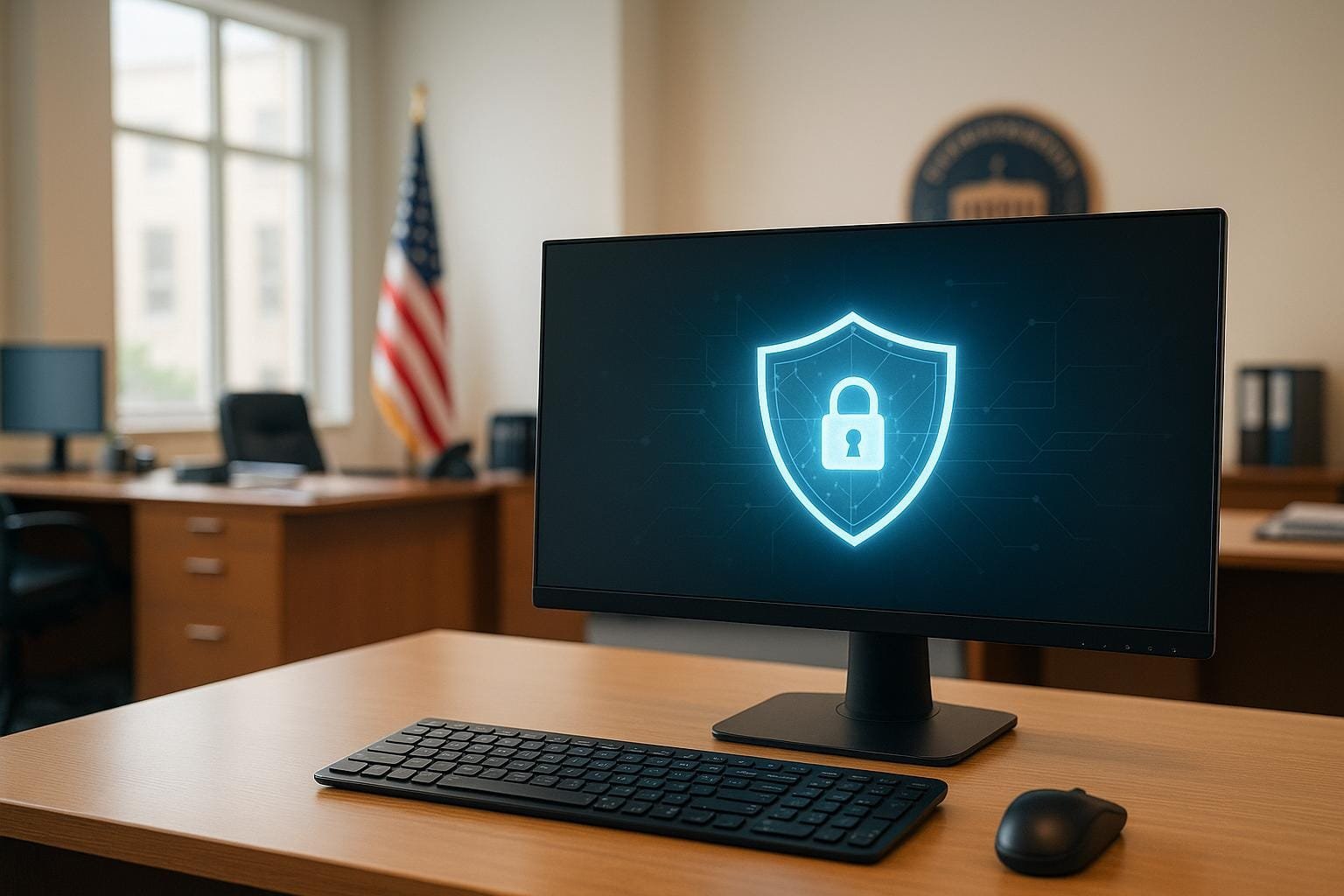Not long ago, In 2006, there was a murder in a cafeteria which required to recreate the scene, with the acoustics, and proper interior design elements. Though it was tried to recreate and people were asked if they had witnessed the murder, there was one tall agent who refused to agree. With this curiosity rose the suspicion, which a corpse shot while someone is present, couldn’t be seen. They were left with no other choice but to agree to the young man.
WHAT IS FORENSIC ARCHITECTURE?
Forensic Architecture was initiated by the architects to progress Human Rights and find the reasons behind Crime and its Architecture. It is being studied in only the Institute of Contemporary Arts in London. It was founded by Eyal Weizman, An Israeli-British Architect who has the sole authority over it, now initiated a team for the same.
Its primary motive is to “develop evidentiary systems concerning specific cases”; in so doing, it acts as “an architectural detective agency”. The team would use whatever means possible to reconstruct a physical and virtual environment of how the crime was conducted, which will lead to finding clues, deeper investigation, and would become a more empathetic process. Forensic Architecture aims to make these techniques benefit rather than harm human rights. In a world saturated by images, where seemingly almost everything is exposed to view, they try to make visible those things that are kept hidden. It is calling investigating: The art performed by the police.
DOES IT COME WITH A FUTURE?

Most Architecture Students envision themselves opening a firm, working in a corporation, freelancing but after doing Masters, a few of them redirect their goals while turning the edge towards planning, Urban Planning, Researching, Urban Designing, etc. Ar. Eyal Weizman had the same outlook on studying Urban Designing and moving his practice more profoundly. Still, the perspective revamped when he started doing his PhD and emphasized that Urban Planning can make or break the rules of basic Human Rights too.
Though it is an emerging field, only deeply interested people should carve a path towards it. Also, the research is being held on at the University of London which says a lot about how you want to grind towards the same.
ARE WE ABANDONING A FAIR METHOD OF INVESTIGATION?

Anything that threats the authorities has either been cancelled or thrown under a pile of files which becomes impossible to be found. In 2011, Ar. Eyal realized a gradual growth in the field of Forensic Architecture while wanting to conduct a workshop on the same dealing with the topic of abductions, and killings in the past which led the Isreal Associates of United Architects to cancel the whole workshop.
Some Students had recreated a scene from the Mexican Abductions as well. This was the first trial towards such an event of recreation. It is indeed notable that Forensic Architecture uses arts venues such as Documenta and the ICA among their means of getting their messages out.
ENTERTAINMENT OR INVESTIGATION?

The questions have been raised upon this field because it utilizes Criminal evidence as exhibits while displaying it as art and gaining prominence.
Was this the agenda behind structuring a new field in Architecture?
Recreating an incident, especially on a large scale would only add to the trauma. How will it eventually turn out to be if not the horrifying due to the actual incident taking place in front of the witnesses, recording their statements, and maybe adding to their PTSD?
The magazine DeZeen writes strongly about the Forensic Architecture being not in sync with the purpose after being nominated for the Turners’ award but highly prone to gain the advances of publicity, pseudo-fame, and a road towards grisly entertainment.
THE CONTROVERSY REMAINS :
As such topics of examinations and investigations arise, they come up with the controversies as well. They are subjective to the opinions of people, their knowledge, and their awareness regarding it. Some may find it a leap into a new arena of the investigation while others have scrutinized the field directing to the gloomy side of it.
As we gain more knowledge, research aggressively, and narrow down the various concerns we could come up with a crux to this discussion, until then it remains an open-end palaver to think upon.



